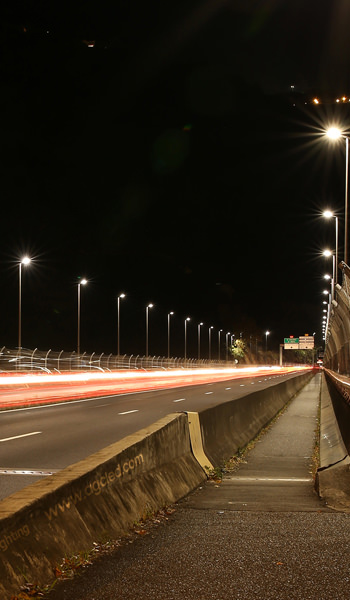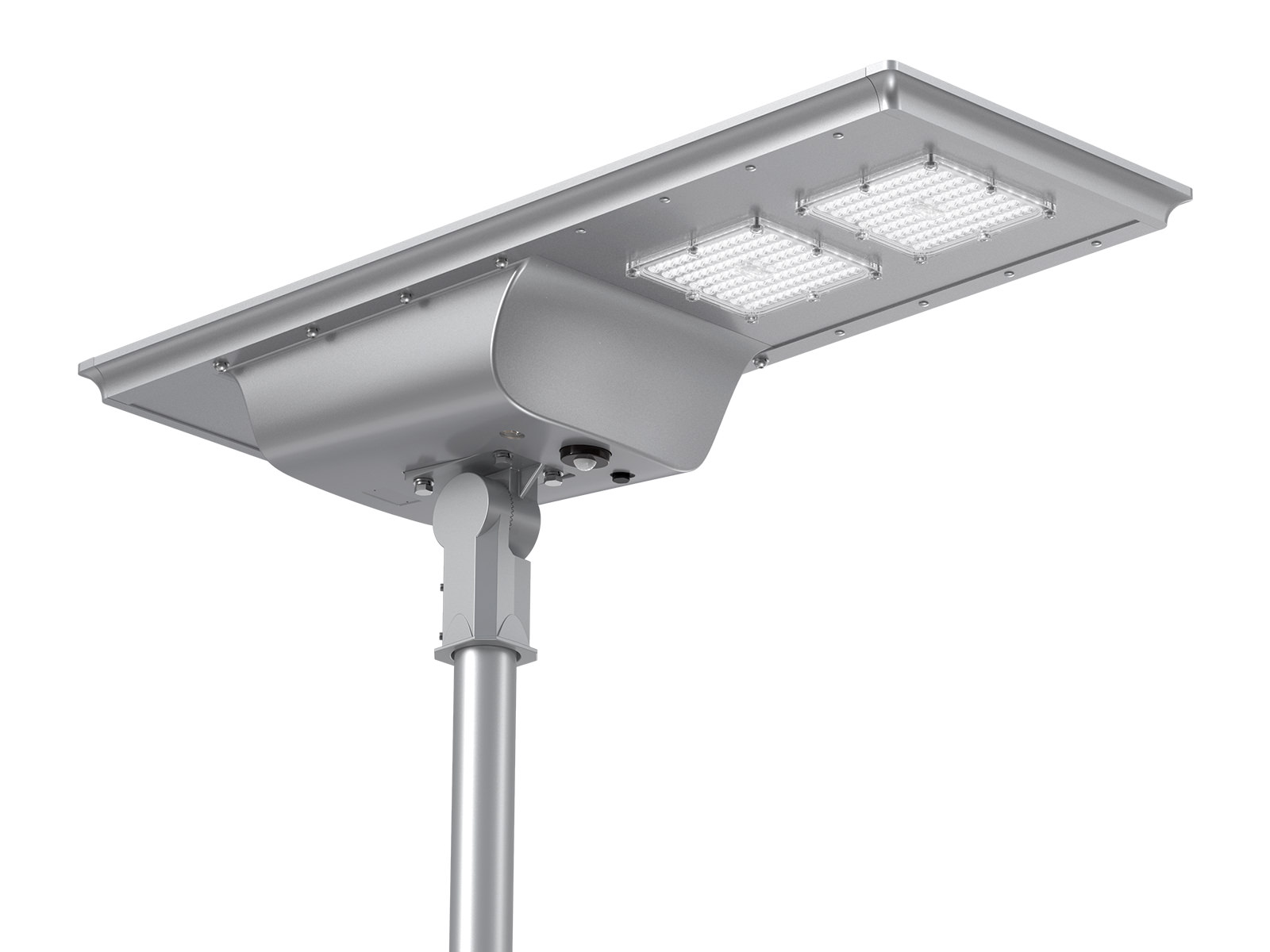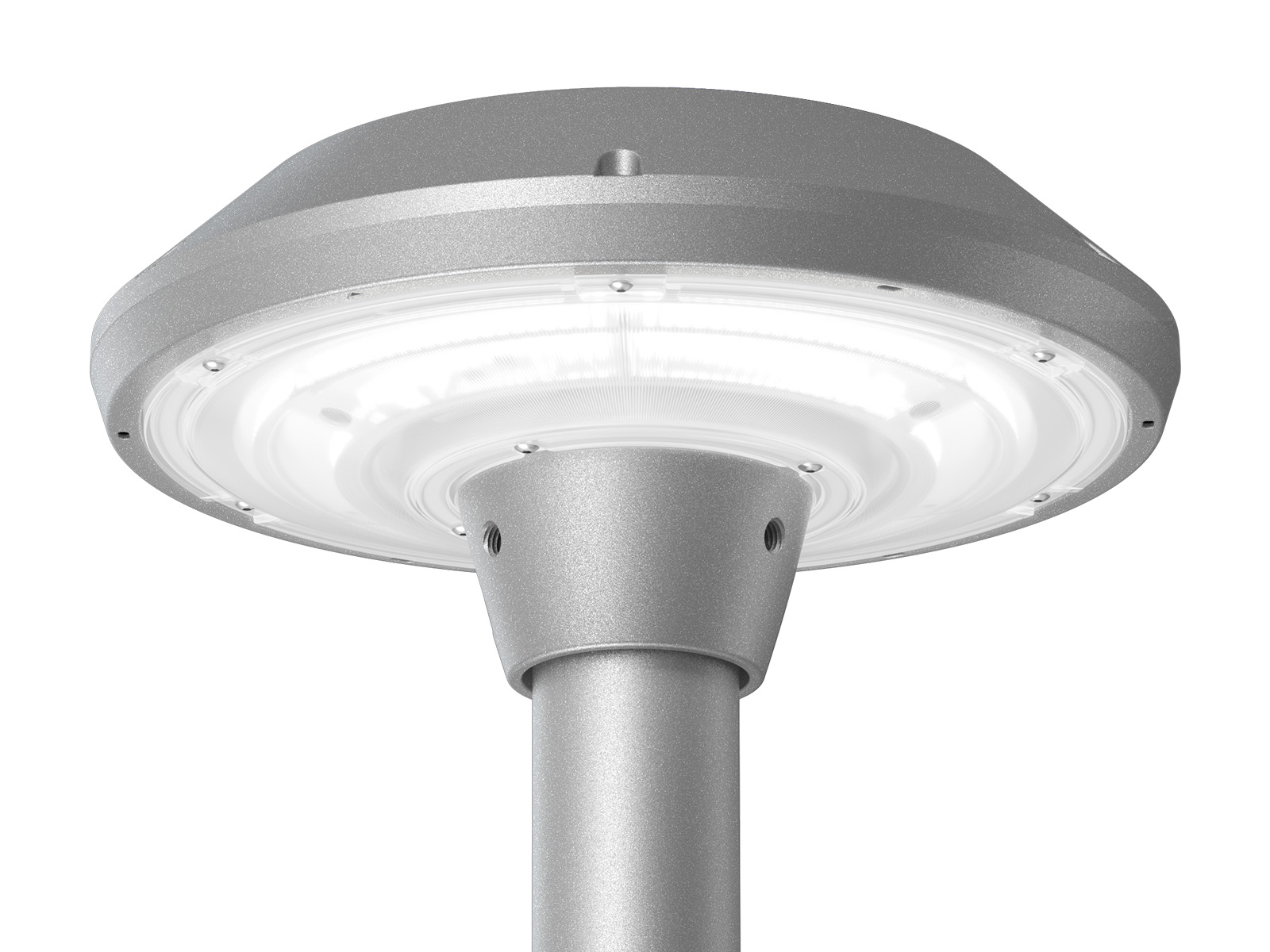In the current context of global climate change and sustainable development, solar street lighting, as a clean and renewable energy source, is gradually replacing traditional electric streetlights, becoming the preferred lighting system for both urban and rural areas. This article will explore the working principles, advantages, application areas, and future prospects of solar street lighting technology.
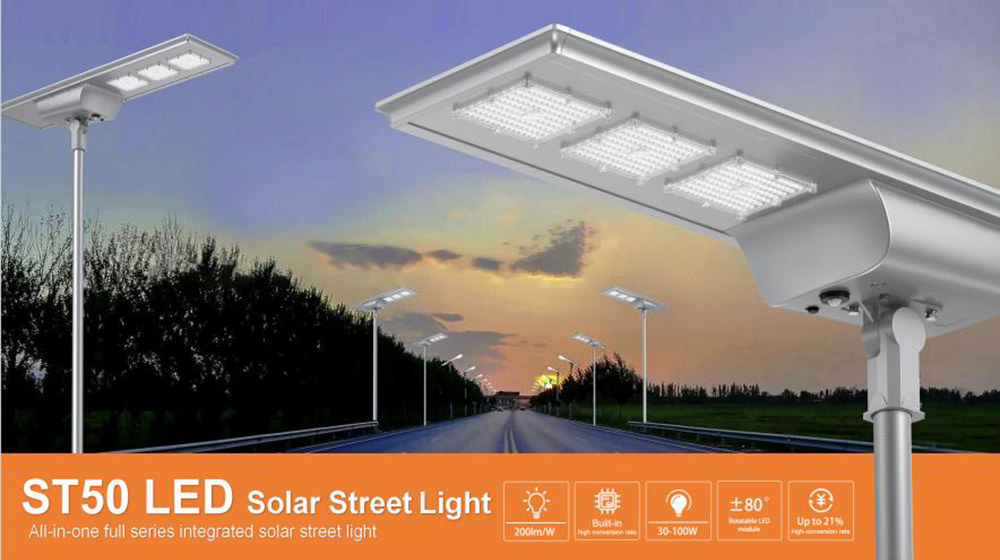
I. Working Principles of Solar Street Lighting
Solar streetlights convert sunlight into electricity through photovoltaic panels, storing this energy in batteries. When night falls or when the ambient light levels are insufficient, the LED lights of solar streetlights automatically illuminate, utilizing the stored energy to illuminate the surrounding environment. After the night, the photovoltaic panels begin recharging to replenish the stored power.

II. Advantages of Solar Street Lighting
Environmental Friendliness: Solar streetlights have zero emissions and do not produce greenhouse gases or pollution, contributing to mitigating climate change.
Energy Efficiency: By harnessing solar energy to operate independently of the traditional power grid, solar streetlights reduce energy consumption and electricity costs.
Low Maintenance Costs: Solar streetlights have relatively low maintenance costs due to their long lifespan and fewer vulnerable components.
Independence: They are not affected by power outages, making them suitable for remote areas and disaster recovery.

III. Application Areas for Solar Street Lighting
Urban Streets and Public Areas: Solar streetlights can be used for urban streets, parks, squares, and municipal projects, providing safe and comfortable nighttime lighting.
Rural and Remote Areas: In places with unstable or no access to electricity, solar streetlights offer reliable lighting for residents.
Roads and Highways: Solar streetlights increase road visibility, enhancing traffic safety.
Infrastructure and Industrial Zones: They are used for illuminating factories, docks, ports, and airports in industrial areas.
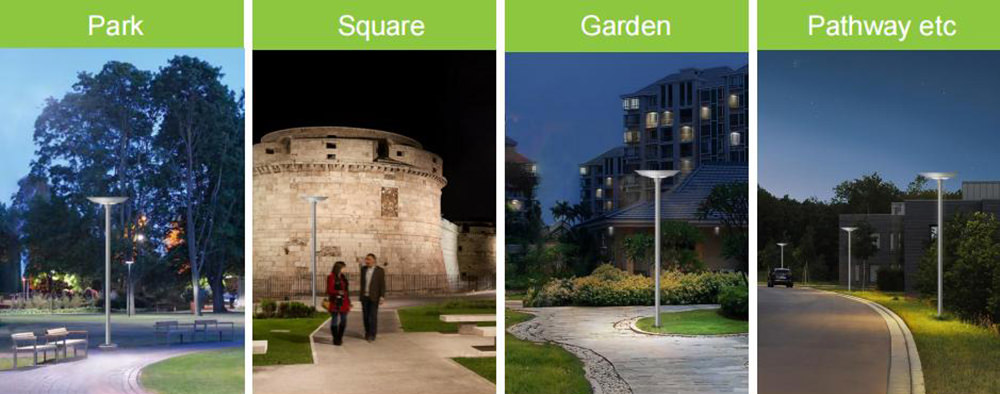
Related video:

